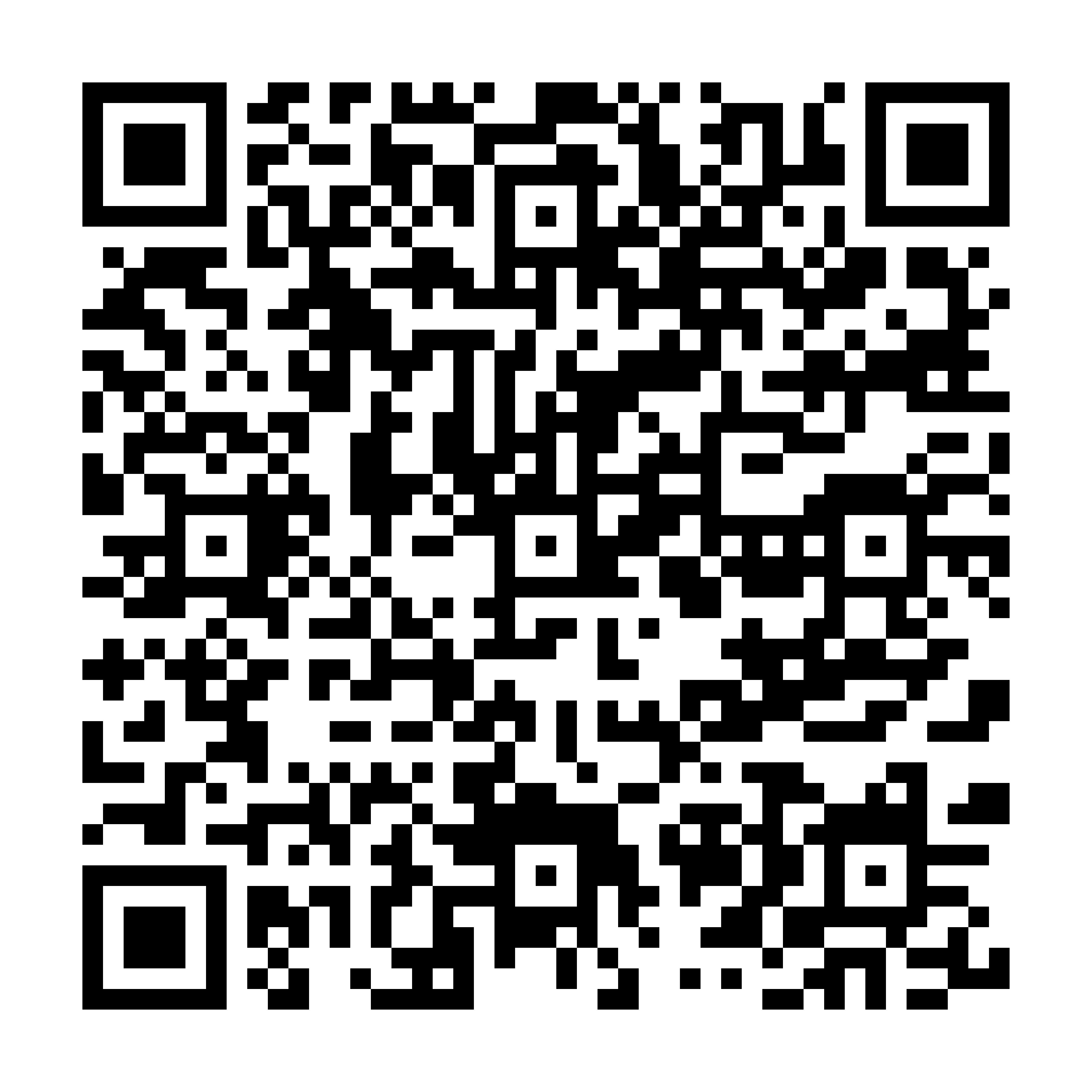Chapter 5
Excerpt
This chapter has been included in a book on outboards so that you can get an idea of whether an outboard boat is really the right choice for you.
This because outboard boats seem to be getting bigger and bigger, and therefore more amenable to other power options. Once boats get up to around twenty feet or so, the wider the range of power options you will find available.
Why outboards? The outboard motor was originally created for the purpose of portability for very small boats like dinghies.
Over the course of the last eighty years, they've grown and grown. Portability is no longer a major consideration, but trailerability plus the additional interior space outboards provide over inboards or stern drives becomes the major consideration, among many others.
There are only three basic choices for power options, outboard, stern drive and straight inboard engines.
That there is much debate about which option is best, it is my view that most of that debate is inspired by manufacturer advertising, and not real world performance. The following is my take on the pros and cons of each, based upon several decades of observation and operation of boats of all descriptions.
Stern Drives
It is incontestable that the stern drive power option is the most troublesome and ultimately costly to own. While it is the lowest priced initial power choice, mainly because manufacturers have managed to sell these drive systems to builders in volume, the reliability factor of stern drive boats, particularly in sea water, remains unacceptably low.
I have no doubt that any manufacturer or dealer would hotly contest that statement, but all you have to do is take a tour of the repair shops to prove the point.
There, in most instances, you will see dozens of damaged units laying around that are being cannibalized for parts. Travel around to the small boat yards and you will see the same thing: dead and abandoned boats because the owners can't afford to repair or replace drive units that have expired prematurely.
There are two basic problems with stern drives. First, they are made of cast aluminum, and are connected to a cast iron engine block. This combining of these two different metals, along with the steel and stainless steel used in other parts, causes galvanic corrosion. Moreover, aluminum is extremely sensitive to stray current from your boat's electrical system. It only takes about ? volt or so of current escaping from the boat's system to be causing severe corrosion.
The second problem results from all that complicated machinery being submerged in water. A stern drive unit has a three-way joint to allow it to rotate in three directions. In addition to that, there are cable controls, drive shaft, the exhaust system, tilt and trim mechanism, and water pumps all located in or on the submerged drive.
Yet a third problem results from marine growth in sea water. The stern drive unit cannot be retracted from the water, so that one of the worst mistakes an owner can make is to leave his boat in the water and neglect it.
Barnacles and oysters attach themselves with the strongest glue known to mankind. And while you can knock the barnacles and oysters off, the shell bases will remain attached. The only way to get the heads off is by grinding which, of course, damages the finish on the drive.
(Additional spaces are added for easy screen reading.)
Table of Contents: Chapter 5
Stern
Drives
Outboards
Straight Inboards
Advice for Newbies
Stern Drives 91 Straight Inboards
Outboards
The Two-cycle, Four-cycle Debate
 Buyers' Guide to Outboard Boats
Buyers' Guide to Outboard Boats - Selecting and Evaluating New and Used Boats
by David H. Pascoe
Soft Cover
272 pages
Publisher: D. H. Pascoe & Co., Inc.
Published: 2002
Language: English
ISBN-10: 0965649628
ISBN-13: 9780965649629
In Stock
HOME >
David Pascoe - Biography
David Pascoe is a second generation marine surveyor in his family who began his surveying career at age 16 as an apprentice in 1965 as the era of wooden boats was drawing to a close.
Certified by the National Association of Marine Surveyors in 1972, he has conducted over 5,000 pre purchase surveys in addition to having conducted hundreds of boating accident investigations, including fires, sinkings, hull failures and machinery failure analysis.
Over forty years of knowledge and experience are brought to bear in following books. David Pascoe is the author of:
- "Mid Size Power Boats" (2003)
- "Buyers’ Guide to Outboard Boats" (2002)
- "Surveying Fiberglass Power Boats" (2001, 2nd Edition - 2005)
- "Marine Investigations" (2004).
In addition to readers in the United States, boaters and boat industry professionals worldwide from over 70 countries have purchased David Pascoe's books, since introduction of his first book in 2001.
In 2012, David Pascoe has retired from marine surveying business at age 65.
On November 23rd, 2018, David Pascoe has passed away at age 71.





Normally orders ship the same day, if placed before 12:00 PM Eastern time.